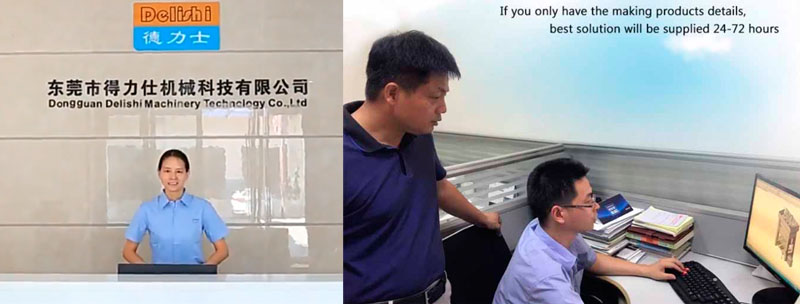1. Hydraulic Pressures Are Improperly Set
On every hydraulic system there is a multitude of adjustments to be made. When a hydraulic press machine problem occurs, knobs on the hydraulic pump and valves are adjusted to “see” if this solves the machine problem. Unfortunately, the person doing the adjusting usually has no idea what the effect will be on the machine. Pressures in a hydraulic system typically are set too high. The thinking is that the higher the pressure, the faster the machine will run. Consider the following real-world scenario that occurred at a wood products plant.

When a hydraulic press machine is repaired, the pump’s electric drive motor is turned off and lockout/tagout procedures are performed. The pressure gauge is rarely checked before work is begun on or around the machine. Accumulators store hydraulic energy in the form of pressurized fluid. Most systems contain an automatic or manual dump valve that will allow the high-pressure fluid in the accumulator to dump to the tank, permitting the pressure to drop to zero. The automatic dump valves can fail closed, which will maintain the pressurized oil in the accumulator.
3. Poor Troubleshooting Techniques
In our hydraulic press machine workshops, we stress that the quickest and easiest method of troubleshooting a machine is to use a hydraulic schematic. The response from students is usually one of the following: “Management won’t give us time to troubleshoot,” “We don’t have or know where our schematics are,” or “We don’t know how to read the schematics.”
4. Poor Hydraulic Reservoir and Oil Maintenance
While most hydraulic press machine manufacturers do a good job of maintaining system filters, the reservoir usually is not given any attention. When a system is designed, the reservoir size is factored into the amount of heat that will be removed from the system. Reservoirs should be cleaned a minimum of once a year to allow some of the heat in the oil to be released to the atmosphere.
5. Component Replacements Don’t Have the Same Part Numbers
When a hydraulic press machine problem occurs, usually one component has failed. It is essential to match the part numbers between the new and old components. Hydraulic pumps and valves that look alike are not necessarily the same. Each number or letter in the part number indicates a feature about the pump or valve. If one letter or number is different, the manufacturer’s literature should be consulted to identify the difference.


 +86-769-8306-1993
+86-769-8306-1993
 E-mail
E-mail
